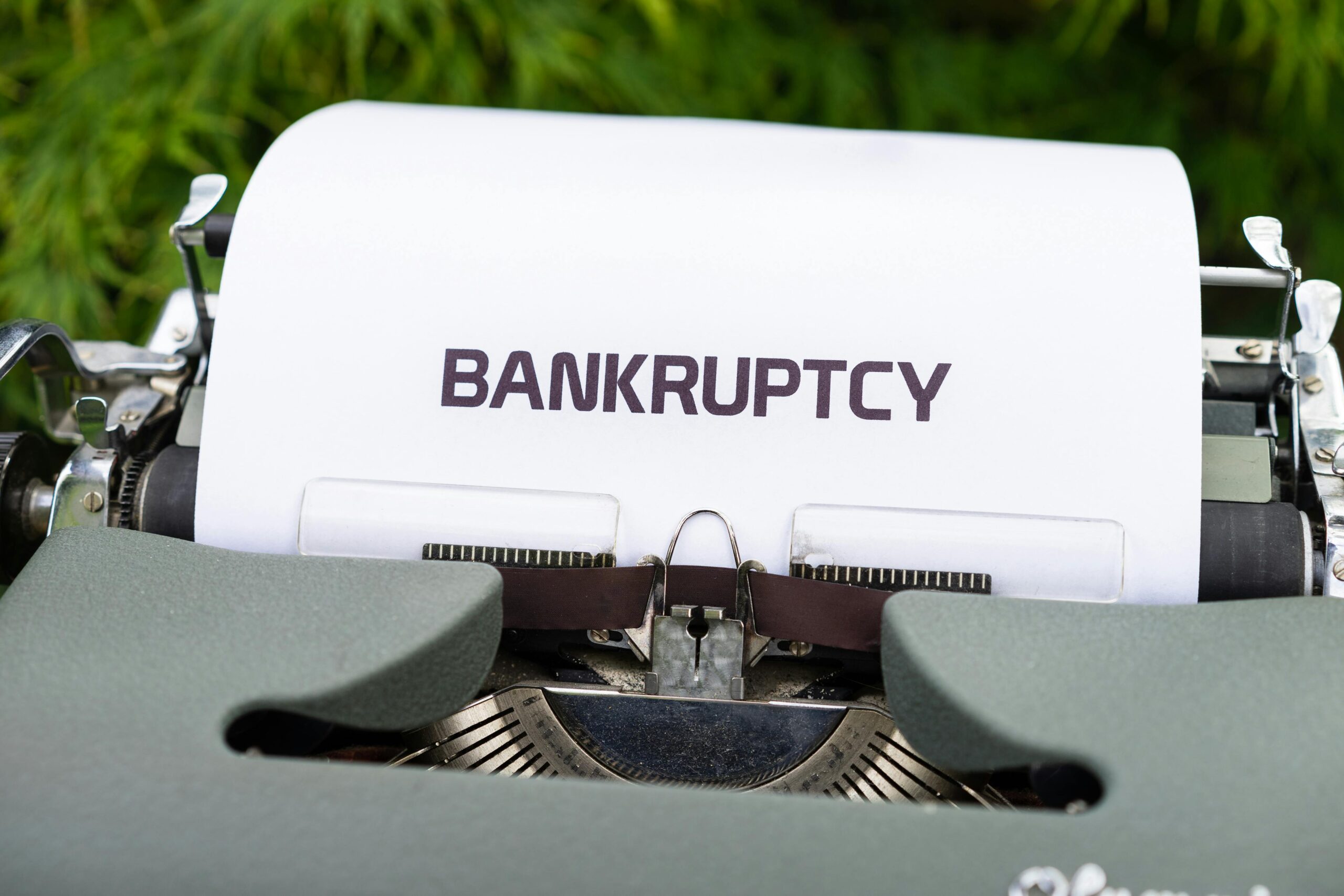 First Brands' collapse wasn't supposed to matter...
First Brands' collapse wasn't supposed to matter...
The auto-parts supplier wasn't a household name. It made spark plugs and windshield wipers. That was about it.
And yet, when this quiet $10 billion business went bankrupt in late September, Wall Street snapped to attention.
Shares of Jefferies (JEF), First Brands' primary investment bank, tumbled 19% as investors rushed for the exits. Hedge fund clients like BlackRock and GIC tried to pull their money from Jefferies' trade finance fund.
The fallout hit a surprising number of public business development companies ("BDCs")... private creditors that get specific advantages for lending. Some saw their share prices drop by more than a third.
That's not a normal response to an industrial bankruptcy. Something else is going on...
We explained a few weeks ago that First Brands' bankruptcy won't take the banking system down with it. And that's still true – this isn't a repeat of the 2023 bank runs.
But it is a warning sign for another industry. Private credit is under stress. And as we'll show, the model that thrived on high interest rates is starting to break down.
 Private credit has been booming for years...
Private credit has been booming for years...
When interest rates began rising sharply in 2022, traditional bank lending slowed to a crawl.
That left many borrowers – especially the middle-market companies that make up some of the smallest public stocks – desperate for alternatives.
Enter direct lenders, private credit funds, and BDCs... which were happy to step in and offer capital.
These lenders charge hefty rates compared to banks. But they don't have to follow the same rules. They can loan money fast and ignore standard loan processes. So it's still a fair trade for borrowers.
But that setup is starting to crack. And its downfall revealed how risky this $2 trillion market has become.
 Court filings and restructuring documents show the problems facing First Brands...
Court filings and restructuring documents show the problems facing First Brands...
The company had piled on more than $12 billion in debt... including almost $2.5 billion in financing that didn't appear on its balance sheet.
These off-balance-sheet loans were marketed as low-risk. But they turned out to be opaque and complex.
Some lenders had been marking their First Brands positions at full value up until right before the bankruptcy.
Legendary short-seller Jim Chanos, who built his reputation exposing Enron, sees disturbing parallels. He called private credit a "magical machine" that offers equity-like returns on supposedly safe debt.
The reality is, there are layers of hidden risk between borrowers and investors. And those layers are just starting to unfold years later.
As Chanos told the Financial Times, "The opaqueness is part of the process... that's a feature, not a bug."
 Now, the high-rate tailwinds are reversing... and lenders are exposed...
Now, the high-rate tailwinds are reversing... and lenders are exposed...
The Federal Reserve slashed interest rates twice in the past few months. Investors expect more rate cuts in the new year.
Borrowers are no longer stuck paying 12% for fast capital. Traditional banks are getting back in the game. They're offering cheaper, regulated loans.
And private credit firms are being squeezed on both sides... facing tighter spreads on new deals and rising defaults on the old ones.
BDCs, which are the original private lenders, are already showing signs of stress. As many as 15 funds had exposure to First Brands. Great Elm Capital is one of them – and its shares are down more than 32%.
If First Brands is the canary, it's time to run far from the coal mine. Private lenders may be facing more trouble than they've let on.
Regards,
Joel Litman
November 17, 2025



 First Brands' collapse wasn't supposed to matter...
First Brands' collapse wasn't supposed to matter...

